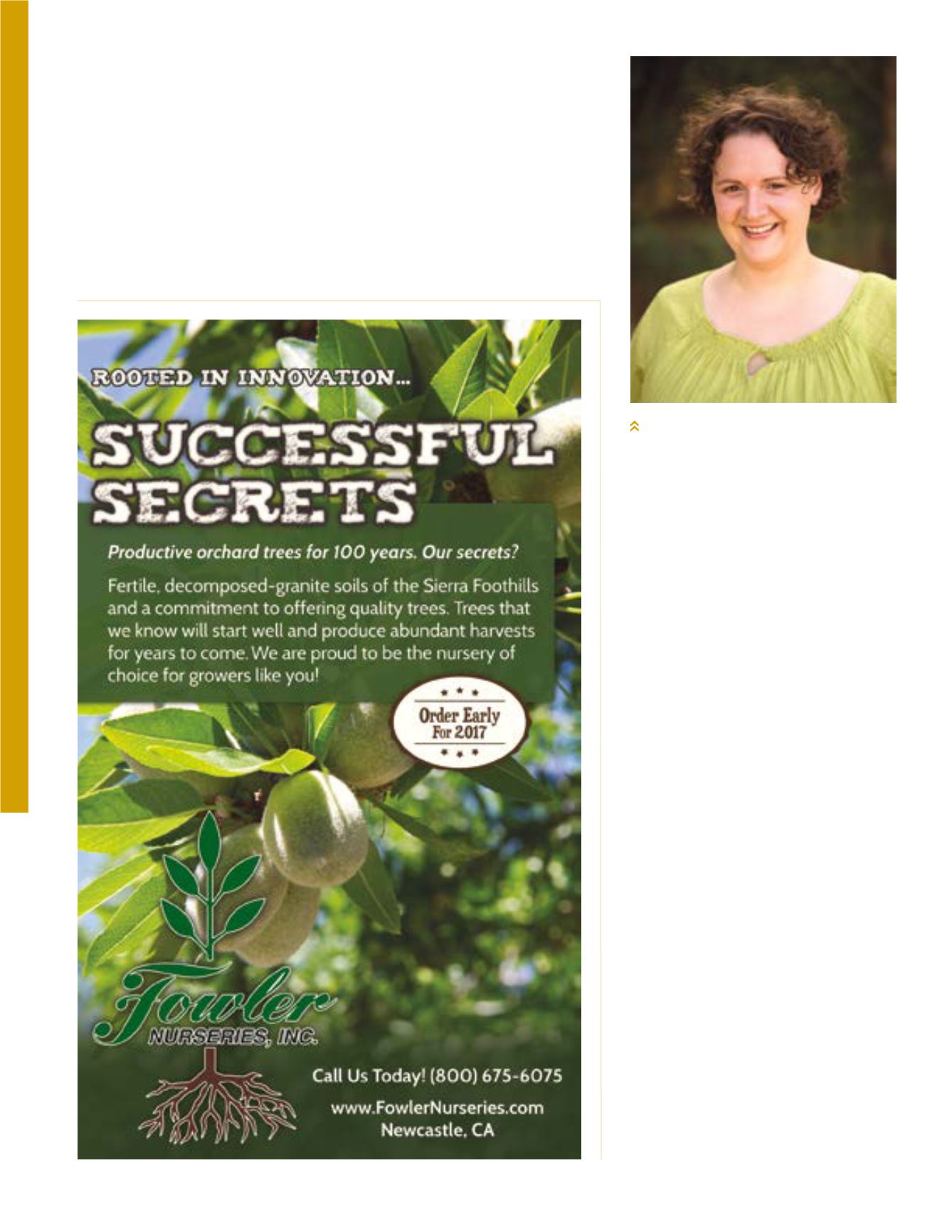
32
Almond Facts
SEPTEMBER | OCTOBER 2015
THE BEE BOX
the two approaches is underway, what they have observed right now is that
most of the bees tested positive for ALL six of the most common viruses ̶ an
indication that our bees are very ill! Funding these diagnostics projects will
contribute significantly to our ability to evaluate the strength of colonies in the
almond orchard.
PAm Commits to Varroa Research
Christi Heintz, PAm’s executive director, announced at the North American
Beekeeping Conference to an audience of several hundred participants
that there will be NO anniversary party for the Varroa mite in September
2017. If still in the U.S. by that date, the Varroa mite will have been in this
country 30 years. That’s 30 years
too long! With funding that became
available when CoBank and American
Ag Credit matched
Blue Diamond’s
funding, PAm has embarked on a
serious commitment to funding more
Varroa research. We want to hinder in
every way possible Varroa's ability to
enjoy its 30th anniversary in the U.S.
in September 2017.
Six new studies were selected. Evidence
suggests there are several innovative
compounds that warrant attention
for Varroa control ̶ including spider
venom, extracts from the seeds of a
particular Asian flower, and oil from
the seeds of an evergreen tree found
in India that is already being used as a
biopesticide in farming. One study will
look at cost-effective mass production
of natural mite predators. Another will
identify the DNA markers associated
with reducing mite loads via hygienic
behaviors. Finally, we will try to prove
whether Varroa actually does feed
on the hemolymph in bees, a long-
time assumption that has never been
adequately proven.
Look for updates on these studies and
PAm's complete research program
by visiting the Research tab on www.
projectapism.org.
Dr. Elina Niño, extension apiculturist UC Davis, is
studying biocontrols for Varroa management.


